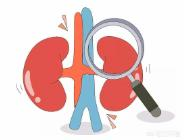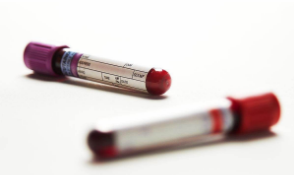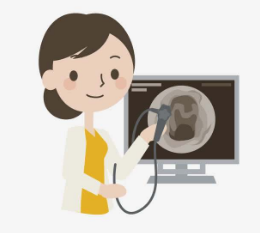
What medical tests can detect kidney disease?
Kidney disease has gradually become one of the major diseases threatening public health worldwide, and end-stage renal disease has become an important cause of death among kidney disease patients. In this article we mentioned which medical tests can detect kidney disease.

In the early stages of chronic kidney disease, the onset is often hide and difficult for patients to detect. When obvious discomfort symptoms appear, it is often already in the late stage, so regular physical examinations are particularly important. Chronic kidney disease can be detect through simple routine methods, such as checking urine routine , blood creatinine , blood urea, etc.
Early detection and prevention are the most effective ways to prevent and treat the progression of chronic kidney disease. You must have regular physical examinations to keep abreast of your kidney function to avoid being harm by kidney disease, the “invisible killer”. However, many people do not know what examinations to take. Here are some common kidney examination methods.
1. Urinalysis

Urinalysis is convenient and quick. It mainly includes the determination of urine protein, urine sugar, urine occult blood, red blood cells and white blood cells.
If the doctor feels that a routine urine test is not sufficient to diagnose the condition, the following urine tests may be perform. For example, patients with proteinuria should undergo a 24-hour urine protein test , urine microalbumin, and urine protein series. Patients with hematuria should undergo a urine red blood cell morphology and quantity test ( urine phase contrast microscopy ) to determine the source of the hematuria.
2. Kidney function

Renal function tests include serum creatinine (sCr), urea nitrogen, uric acid, endogenous creatinine clearance (Ccr), and the glomerular filtration rate (GFR) is estimate by serum creatinine levels. This is a blood test that can reflect the health of the kidneys from another perspective, so it is very necessary.
However, in actual medical practice, it is often overlook by doctors who are not nephrologists, which delays the early diagnosis and treatment of kidney disease. Because the kidneys have a strong compensatory function, patients whose urine tests show no abnormalities do not necessarily have kidney damage, so if conditions permit, it is advisable to add these medical tests as screening.
3. Kidney B-ultrasound

The kidney is shaped like a broad bean, with a fixed size and structure, 10-12cm long, 5-7cm wide, and 3-5cm thick. Kidney disease B-ultrasound examination is a medical imaging instrument that mainly detects the morphology, location, and local pathological changes of organs. It can examine substantial and ectopic lesions of the kidney, such as renal tumors, renal cysts, renal abscesses, hydronephrosis, renal stones, and renal ptosis.
When the kidneys become diseased, their size, outline, structure, etc. will change. Problems such as renal atrophy, renal failure, and stones can be detect through B-ultrasound.
4. Other examinations
Mainly based on the specific situation of the patient

Some selective examinations, such as renal urography , CT or MRI examinations, are mainly used for related examinations such as urinary stones, obstruction or kidney tumors.
In addition, for chronic kidney disease caused by diabetes, hypertension, hepatitis B, systemic lupus erythematosus, etc., relevant examinations for these diseases are also needed.
It is recommended that ordinary people have a comprehensive physical examination at least once a year. Patients with a history of kidney disease, in addition to regular check-ups, also need regular physical examinations to avoid the progression of the disease.

8 thoughts on “What medical tests can detect kidney disease?”